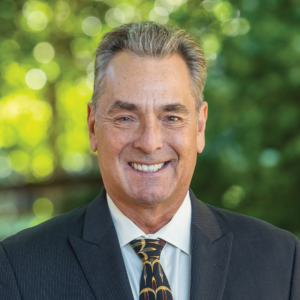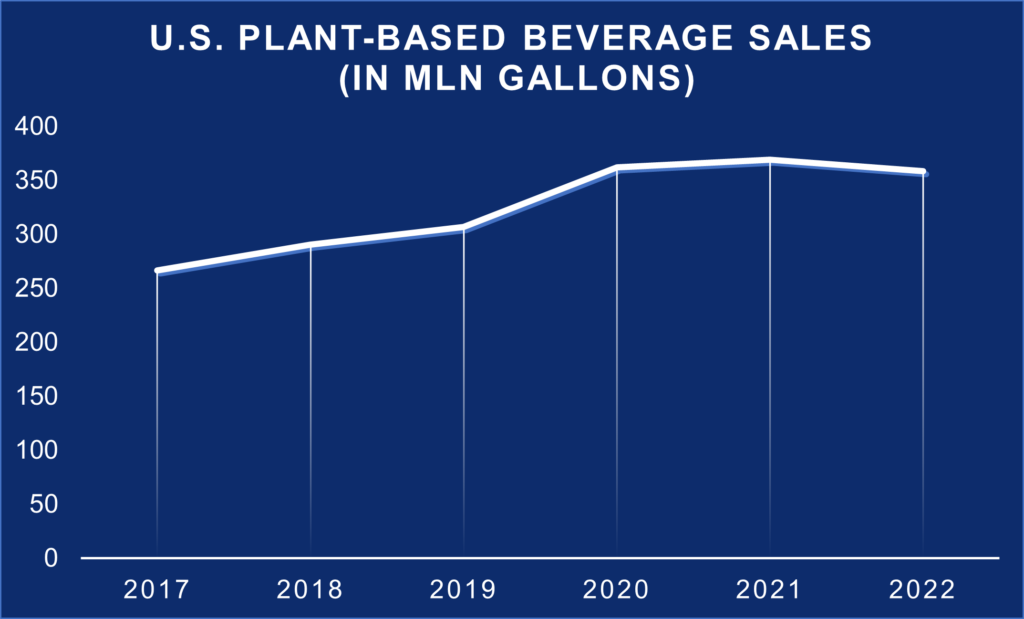 By Clay Detlefsen, Senior Vice President for Environmental and Regulatory Affairs, NMPF.
By Clay Detlefsen, Senior Vice President for Environmental and Regulatory Affairs, NMPF.
It’s a tale that’s lasted decades too long. Plant-based companies continue to use dairy terms on their products, violating labeling laws as the Food and Drug Administration (FDA) continues to look the other way. But now a new kid has entered the conversation: synthetic “dairy” products that claim to be “animal-free,” yet worthy of a dairy name.
Synthetic dairy proteins are made in the lab by taking a section of a DNA sequence, programming or genetically modifying yeast and microflora with a specific DNA sequence and then using a precision fermentation to replicate it. The end product is a single whey protein, that’s then used to make products that companies are touting as dairy. That’s similar to the playbook the plant-based industry has run for years – and as research shows, it creates a false equivalence among consumers.
However, these companies aren’t making actual dairy, like milk, cheese and ice cream. Dairy foods are extremely complex. They offer essential nutrients, numerous high-quality proteins, micronutrients, and hundreds of fatty acids, all of which interact with each other to deliver one of the most nutritious foods in the marketplace. Creating a single synthetic dairy protein and mixing it with other ingredients to make a synthetic food product – the method currently being developed for commercial products – doesn’t creating anything approaching the complexity of actual dairy.
The National Milk Producers Federation (NMPF) has been calling on FDA to enforce its own standards of identity for dairy for decades. This has included numerous meetings, comments, filing a Citizen Petition, and sending letters to the FDA Ombudsman. Last March, FDA sent Draft Guidance for Industry on the Labeling of Plant-based Milk Alternatives and Voluntary Nutrient Statements to the Office of Management and Budget. That document has yet to be released. In the meantime, we continue the fight for labeling integrity, for dairy farmers and for consumers.
NMPF’s largest concern with the misuse of dairy terms are the nutritional issues that have arisen in recent years from the use of plant-based beverages as alternative nutrition sources, especially in children. Because of plant-based products not following the labeling laws and using dairy terms on their products, consumers are assuming that they offer the same nutrient package as dairy products, which is inaccurate. In the most critical of cases, it has led to nutritional deficiency diseases like Kwashiorkor and rickets.
NMPF for decades has been baffled by why FDA has not enforced its rules, especially given that it results in human health harm. Recently, FDA issued a new standard of identity for yogurt: In that rulemaking, FDA specifically calls out the importance of standards. But it seems FDA only cares about such standards when it comes to a real dairy product; with plant-based (and soon, we worry, lab-based) imitators, a Wild West mentality has prevailed. The inconsistency is frustrating. What they have been doing by allowing plant-based food companies to break all the labeling rules is simply wrong, and we cannot allow it to spread to the new up and coming lab-created, synthetic foods.
To better understand FDA’s haphazard approach to standards when applied to dairy, NMPF has sent a Freedom of Information Act (FOIA) request for all information related to plant-based labeling, the use of the term animal-free, the negative human health consequences due to mislabeling of plant-based products and much more. It’s critical that we do this, as with a new generation of imitators on the horizon, we need to stand up for dairy now before consumer confusion proliferates further.
This column originally appeared in Hoard’s Dairyman Intel on Feb. 6, 2023.


 By Clay Detlefsen, Senior Vice President for Environmental and Regulatory Affairs, NMPF.
By Clay Detlefsen, Senior Vice President for Environmental and Regulatory Affairs, NMPF.



